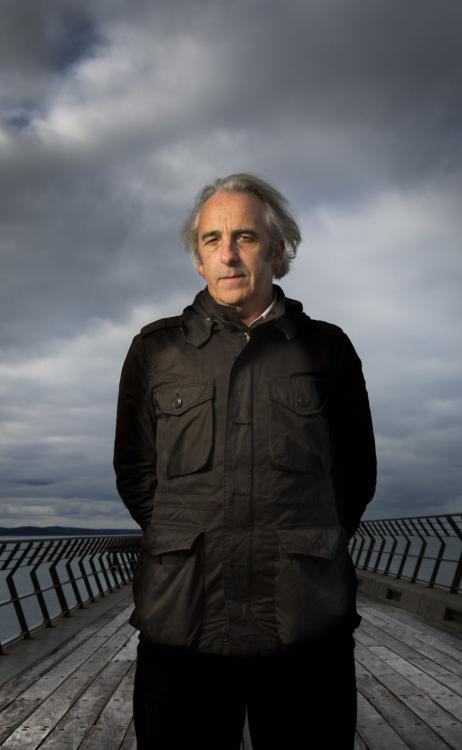A Distant Grief: Australians, war graves and the Great War
UWA Press, $39.95 pb, 254 pp,
A Distant Grief: Australians, war graves and the Great War by Bart Ziino
The Shrine of Remembrance is such a familiar object in the landscape of Melbourne that we can easily be unaware of its singularity. This is, as far as I can tell, the largest purely monumental structure in the world commemorating the war of 1914–18, a great memorial to participants in the Great War. The duke of Gloucester inaugurated the Shrine before a crowd of more than three hundred thousand people – almost three times the largest number ever to attend a sporting event at the Melbourne Cricket Ground – on 11 November 1934, Armistice Day, as it used to be called. At the eleventh hour of the eleventh day of the eleventh month, the duke placed a wreath from his father, George V, on the Stone of Remembrance in the Sanctuary at the centre of the Shrine, and at that moment, as planned by architect and engineer, a ray of light fell on the black granite of the Stone, lighting up the word ‘Love’ in the carved inscription ‘Greater love hath no man’. In 1934 more people than in 2007 knew those words and the words that followed them in the Bible: ‘Greater love hath no man than this, that a man lay down his life for his friends.’
Continue reading for only $10 per month. Subscribe and gain full access to Australian Book Review. Already a subscriber? Sign in. If you need assistance, feel free to contact us.










Leave a comment
If you are an ABR subscriber, you will need to sign in to post a comment.
If you have forgotten your sign in details, or if you receive an error message when trying to submit your comment, please email your comment (and the name of the article to which it relates) to ABR Comments. We will review your comment and, subject to approval, we will post it under your name.
Please note that all comments must be approved by ABR and comply with our Terms & Conditions.